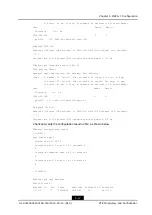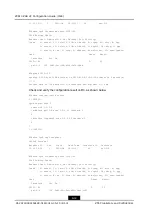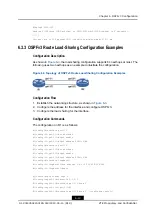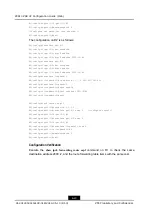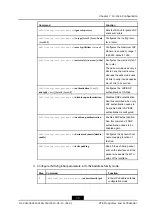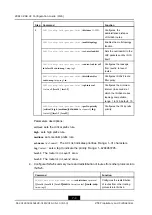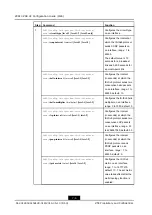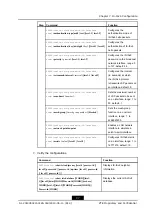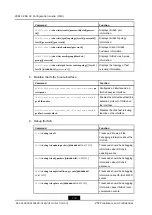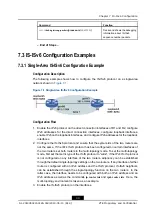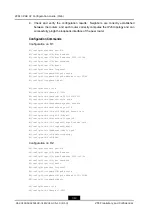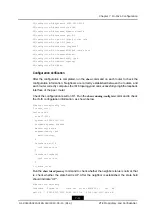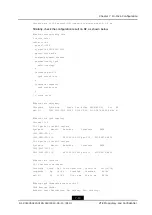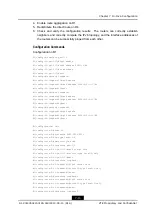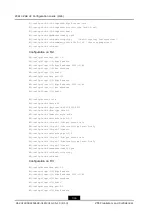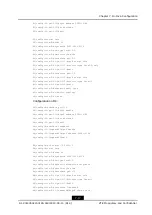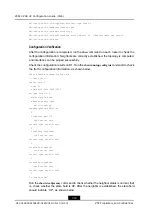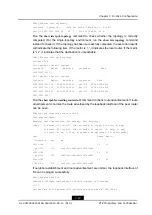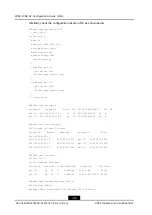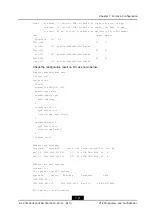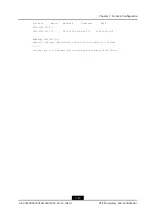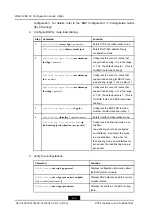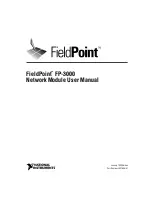
Chapter 7 IS-ISv6 Configuration
R2(config-isis-0)#system-id 0000.0000.0010
R2(config-isis-0)#metric-style wide
R2(config-isis-0)#hostname dynamic disable
R2(config-isis-0)#interface gei-0/3
R2(config-isis-0-if-gei-0/3)#ipv6 router isis
R2(config-isis-0-if-gei-0/3)#exit
R2(config-isis-0)#interface loopback5
R2(config-isis-0-if-loopback5)#ipv6 router isis
R2(config-isis-0-if-loopback5)#exit
R2(config-isis-0)#address-family ipv6
R2(config-isis-0-af)#multi-topology
R2(config-isis-0-af)#end
Configuration Verification
After the configuration is completed, run the
show
command on each router to check the
configuration information: Neighbors are correctly established between the routers, and
each router correctly computes the IPv6 topology and can successfully ping6 the loopback
interface of the peer router.
Check the configuration result on R1. Run the
show running-config isis
command to check
the IS-IS configuration information, as shown below.
R1#show running-config isis
! <route_isis>
router isis 0
area 47.0005
system-id 0000.0000.0011
hostname dynamic disable
metric-style wide
address-family ipv6
multi-topology
$
interface gei-0/6
ipv6 router isis
$
interface loopback5
ipv6 router isis
$
! </route_isis>
Run the
show isis adjacency
command to check whether the neighbor status is normal, that
is, check whether the state field is UP. After the neighbor is established, the state field
should indicate “UP”.
R1#show isis adjacency
Interface
System id
State Lev
Holds SNPA(802.2)
Pri
MT
gei-0/6
0000.0010.0022 UP/UP L1L2 7/6
00D0.D0AF.CC10 64/64 M
7-11
SJ-20140504150128-018|2014-05-10 (R1.0)
ZTE Proprietary and Confidential

